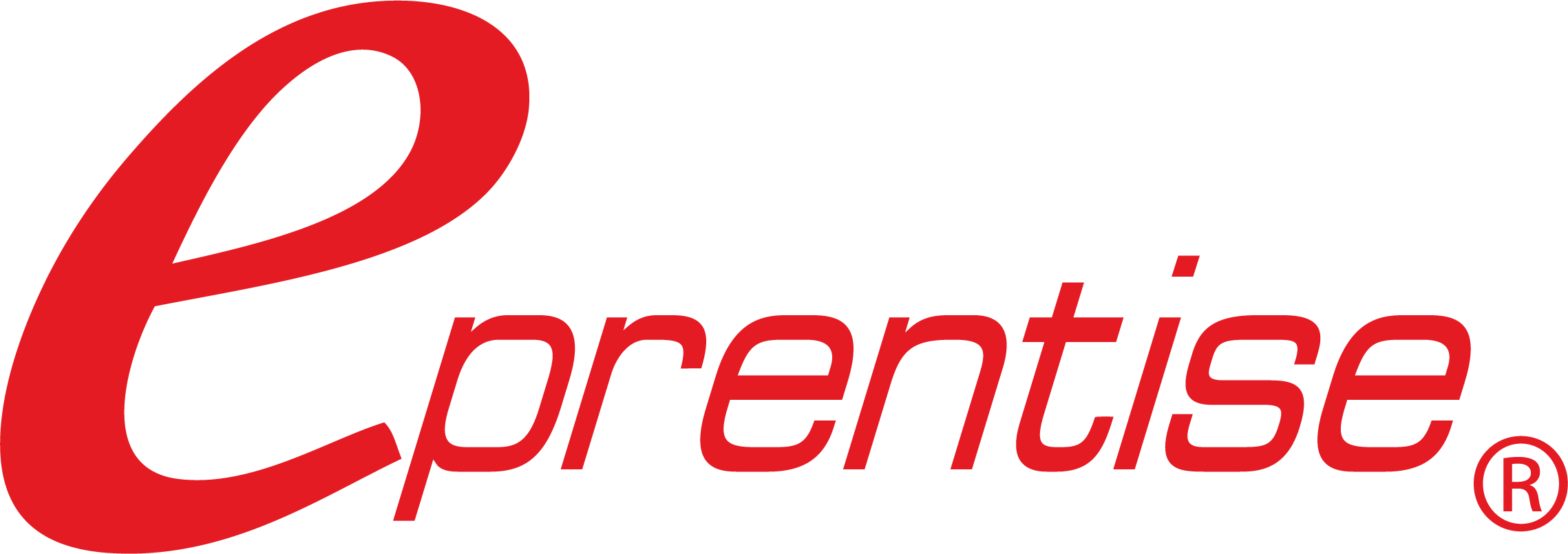New areas of risk and new demands in reporting and stakeholder expectations, require the expertise of a modern internal audit team that evolves year over year. Businesses are responding to this challenge by adopting automation to streamline their workflows and build value. Consider these five elements as you evaluate the integration of automation into your audit plan.
1. Analyze the problems that exist within the current audit process
2. Review the real-world time requirements for each audit step
The practical time required for an internal audit often outstrips the predicted time. This leads to scrambling for deadlines, rushed work, and mistakes. Reviewing historical audit plans can highlight which steps in your current audit process are experiencing strain.
3. Identify tasks that are highly repetitive or require manual efforts
Many activities involved in maintaining judicious internal processes require lengthy or repetitive manual work, such as data entry or invoice number matching. Identify which elements take up valuable time or lead to stagnation or burnout for auditors or the finance team.
4. Evaluate the nature of audit risk as it pertains to your business
What are your audit risks? Does your business have specialized reporting or governmental requirements? How do you circumvent possible fraud or material misstatements? Evaluating the stakes reveals the value of your auditors’ analytical, investigative expertise and the cost of its absence.
5. Consider the added business value in automation
Business value increases with automation by reducing human error and allowing organizations to reposition the efforts of audit professionals from static tasks to those that need their expertise. Automation of processes reduces the risk of details falling through the cracks and misinterpretations resulting from inadequate communication. Data anomalies, mistakes, or security risks can be identified and rectified before the audit takes place, shortening the audit and leading to substantial savings in time and cost.






